Features of creeping willow

The treeless tundras of the Arctic zone are famous for their undersized trees. From there, a creeping willow, an unusual tree that grows no more than a bush, came to the middle strip of the continent. This willow has about 300 subspecies, differing in the direction of the branches, the varied shape and color of the foliage.
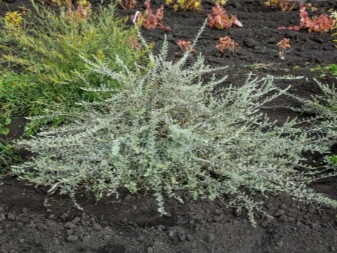
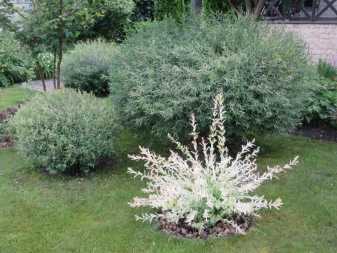
Description
The willow family today, with the participation of breeders, is represented in different forms:
- trees of various heights;
- shrubs;
- weeping;
- creeping.
Thanks to the work of breeders, a variety of varieties of creeping willow have appeared. Among all the variety, you can always find a view that will decorate a summer cottage.
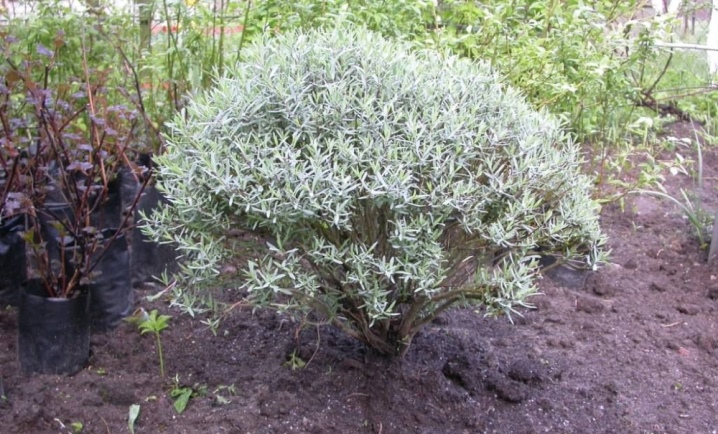
Low-creeping shrub is distinguished by long flexible branches that grow up to 1.5 m, the absence of lateral branches. The shrub reaches a height of no more than 2 m, which depends on the age, quality of pruning. The shrub grows quickly, can live long under water. In the spring, expressionless catkins appear before the leaves. Then leaves bloom, one side gray, silvery, on the other - dark green shades.
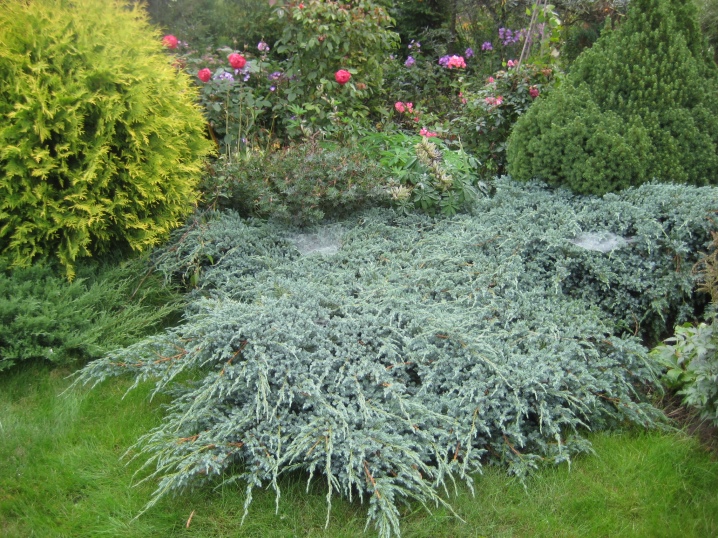
Cultivated species and varieties of willow:
- "Nishiki";
- "Nitida";
- "Argentea";
- Swiss;
- alpine.
They are especially loved by landscape designers, because these types of shrubs are easy to control growth, give them an interesting, eye-catching shape.
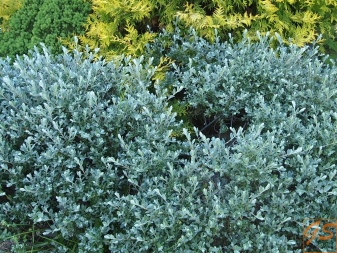
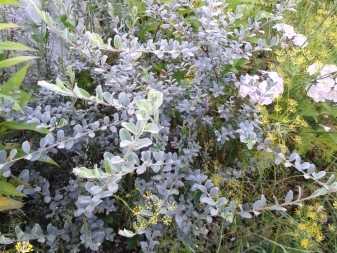
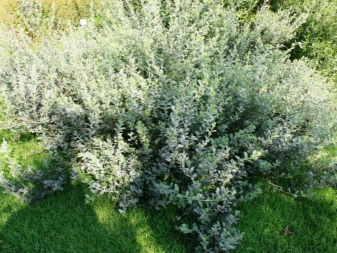
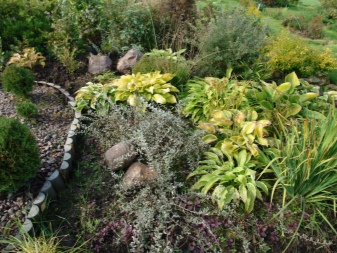
Overview of varieties
Willows growing on the territory of Russia in different climatic zones have been little studied, they are unknown to gardeners. The main deliveries of cuttings come from abroad, where they are grown in nurseries, selection work is carried out, and new varieties are developed. This is how a creeping willow of two types appeared - Argentea with expressively narrow foliage, Green carpet - characterized by a bright green tone of leaves.
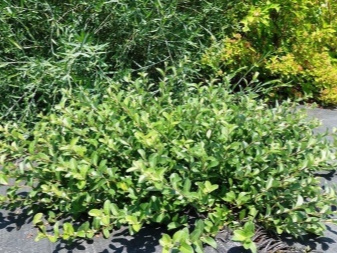
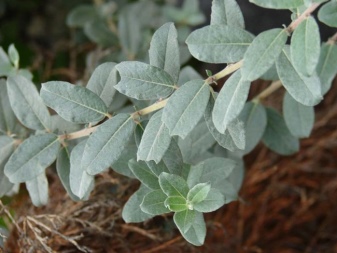
A spear-shaped shrub has acquired an additional subspecies Wehrhahnii, shaggy look replenished Glanspean - a plant with small leaves, short stature. These varieties are loved by Russian gardeners and decorate many summer cottages with an unusual shade and shape of branches and leaves.
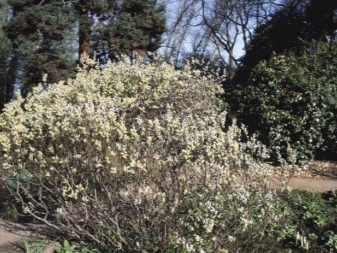

Creeping willow variety "Nitida", Salix repens Nitida, grows up to half a meter, but spreads branches in a diameter of 1.5 m. It grows slowly, but gives an amazing effect of contrast with other tones of green plants on the site. Differs in silvery, greenish oval leaves with a delicate edge. Small yellowish catkins turn bushes into golden clouds in early spring.

The shrub is undemanding to soil moisture, grows well on dry sandy soil. Does not like heavy black soil, dense clay soils. This willow variety is recommended to be planted in an open, sunny place. Easily tolerates a haircut, it is easy for the shrub to give the desired decorative shape.

Creeping willow "Argentea" is a shrub:
- short stature;
- with falling leaves;
- whip-like branches;
- creeping crown.
Its growth is slow, so adult plants reach only 0.7-0.8 m. But the length of the creeping branches grows to 0.5 m, forming a beautiful lush crown. The foliage of this shrub is matte, silvery on both sides. It has an elliptical shape with a rounded edge. By the beginning of April, in warm spring, the willow gives color - dense cylindrical earrings, only then the leaves bloom.
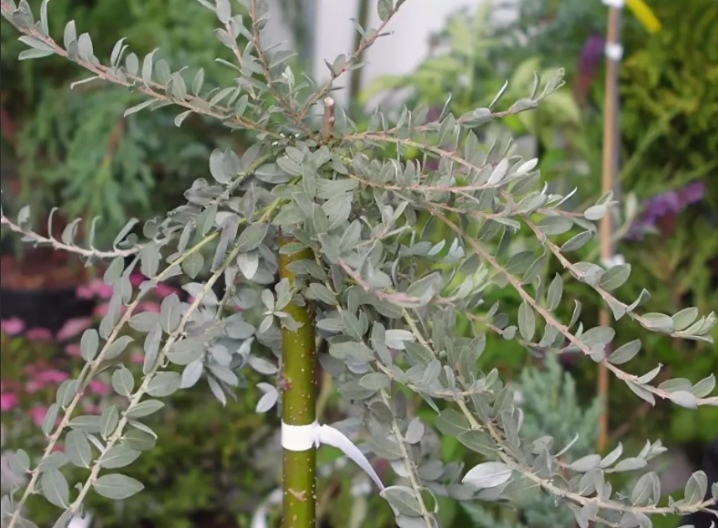
Purple willow Nana, Salix purpurea Nana, a shrub with thin branches, in nature it grows up to 4 meters, with landscaping, you can maintain its growth of no more than 1.5 m, using competent pruning of branches.Landscape designers love this willow variety for its compactness and elegance. The variety is named purple by the color of the shoots - reddish, brownish, with a pronounced gray tint. Lanceolate leaves are pronounced green, with a bright silvery shade. By the gift of nature, catkins also have a purple color, covering the shoots with fluffy balls in early spring.

Landing
Creeping willow is a moisture-loving, light-loving plant. It is recommended to plant cuttings in places with good natural light. For creeping willow varieties, fresh, drained soil is useful, on which the cuttings take root well. It grows well on calcareous, sandy soil, tolerates strong winds, hot weather. In winter, it is not afraid of frost, withstands -20-25 ° C. It is more correct to plant cuttings cut in early spring, before the leaves open.
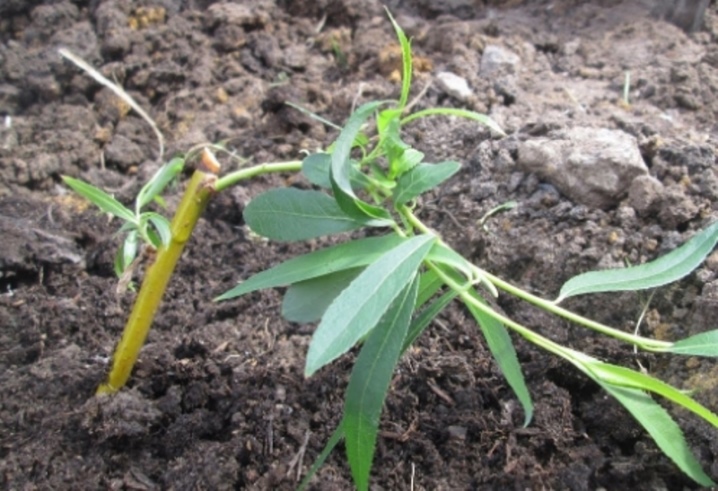
Before planting willow cuttings, it is important to choose the right place for its growth. For decorative varieties, it is preferable to allocate a warm, wind-protected place with good sunlight. In a shaded place, plants take root with difficulty, grow weak, prone to diseases.
You can plant cuttings bought with closed roots from the ground throughout the warm season. However, the roots should not be allowed to dry out, because this significantly affects the survival rate of the shoots. Cuttings with open roots should be planted in early spring, until the buds have blossomed; warm September is also suitable for such plantings, so that the roots have time to take root in the warm ground before the onset of frost.
The planting hole should be spacious so that the root system can fit freely in it. It is recommended to mix the soil from the pit with compost before planting. After planting, the soil must be well tamped, watered abundantly.
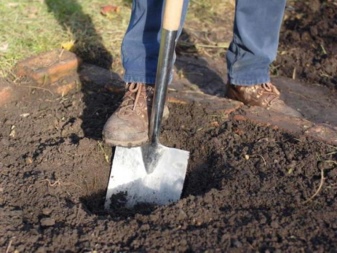

Care
Proper care after planting seedlings is important. Willow roots are very sensitive to compacted soil, it should be loosened regularly until the shrub has taken root completely. The shrub requires fertile soil, spring feeding.
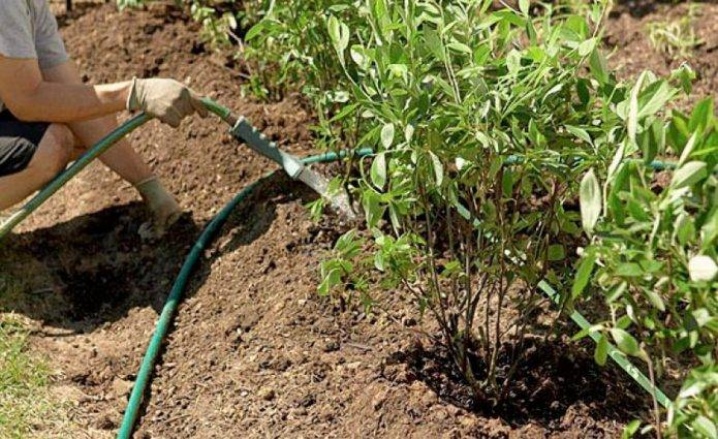
Young seedlings will grow quickly:
- in good sunlight;
- with sufficient watering;
- on drained soils.
With insufficient care, plants can infect fungi, aphids, caterpillars. Regular maintenance includes sanitary pruning, which removes diseased branches. The main decorative pruning is carried out in the spring, at the end of flowering, then 2/3 of the length of the branches should be cut.
In the spring, sanitary pruning is carried out to remove weak, frost-bitten shoots. Throughout the warm season, you should remove ugly branches that take the wrong direction.
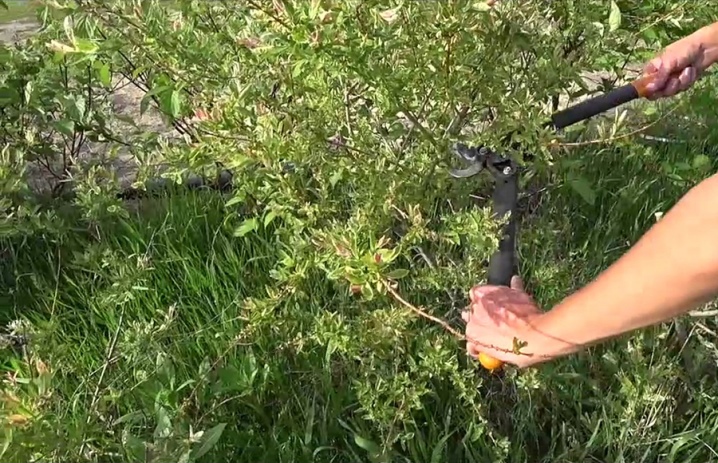
Application in landscape design
Ornamental willow is planted in rockeries, on rocky hills, in groups or tapeworms. Dwarf willow varieties look good in a container version, in landscaping the shore of an artificial reservoir. The creeping willow is grown in the standard form, when, after special pruning, an interesting decorative crown shape is given to it.
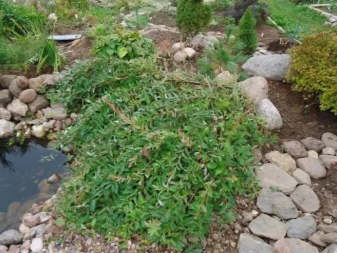
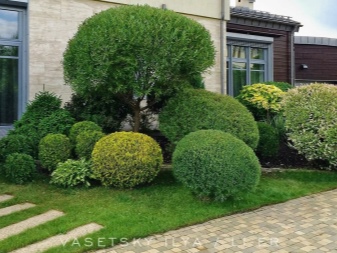
An excellent design solution is the planting of a spherical willow, the crown of which obediently takes the form of a ball, a dome, after skillfully professionally competent cutting of branches. Landscape designers often include a dwarf weeping variety of goat willow, Salix caprea, in their site design. He does not need a lot of space, but he looks expressive and decorative on the territory. This type of willow requires special care in order to be a decoration of the site all season. It is necessary to cut off the shoots hanging to the ground, control the height of the plant with pinches.
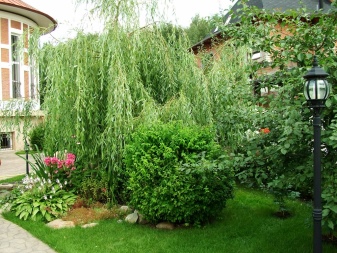

Knowing the rules for planting, caring for creeping willow, you can create amazingly beautiful resting places on the site, where various shades of greenery will delight the views, give relaxation and peace of mind.
For what types of willow there are, see the next video.



































































The comment was sent successfully.